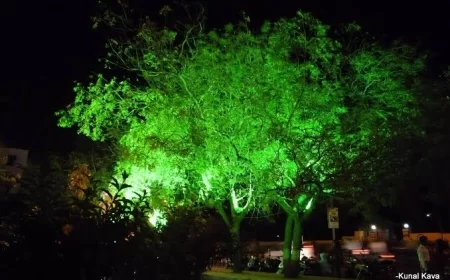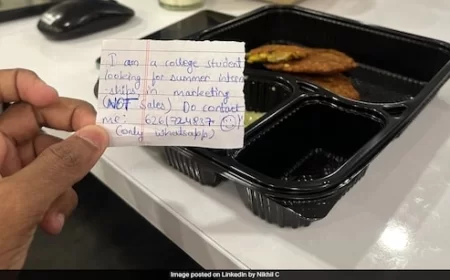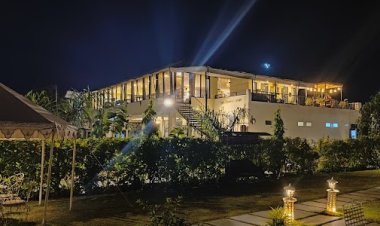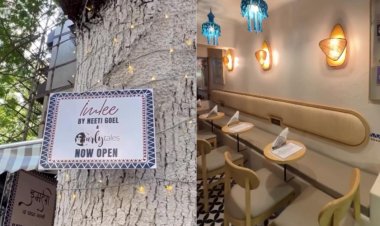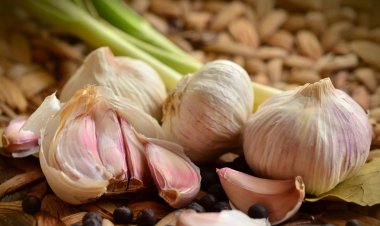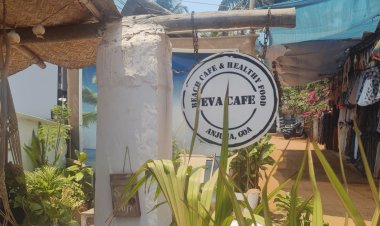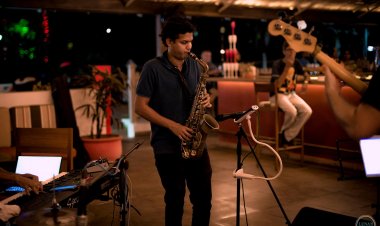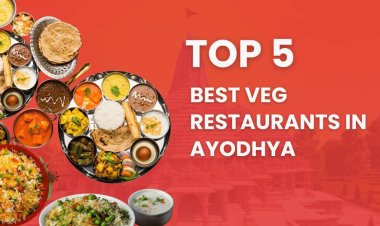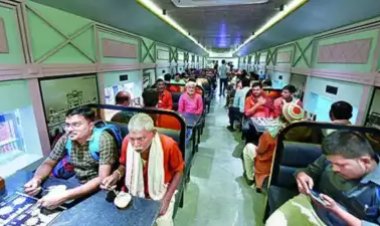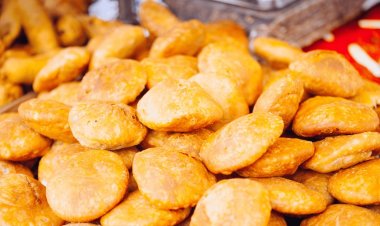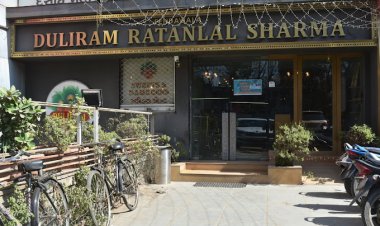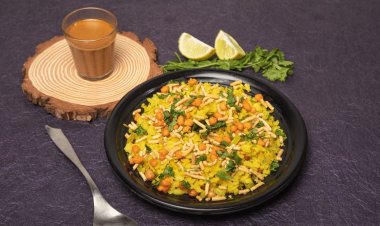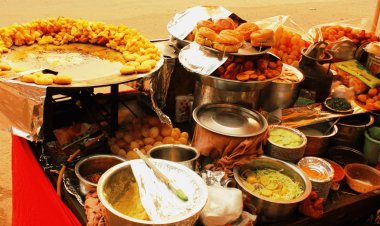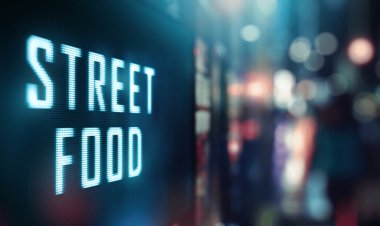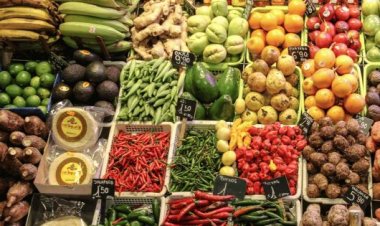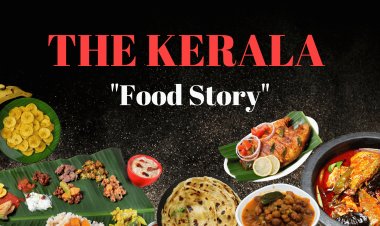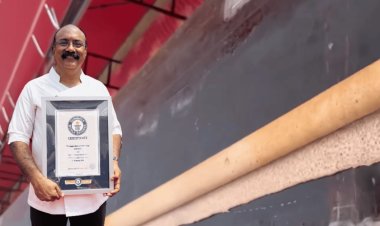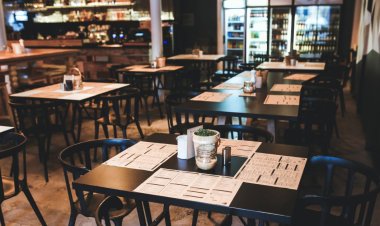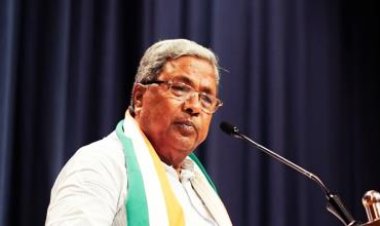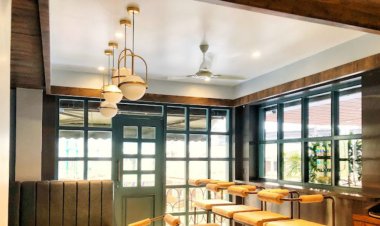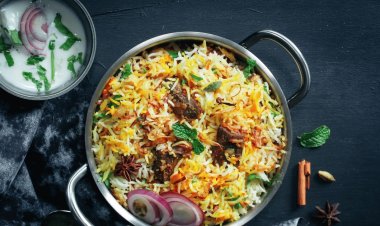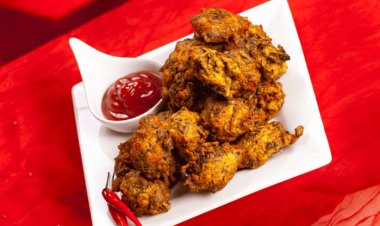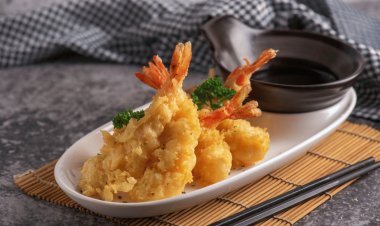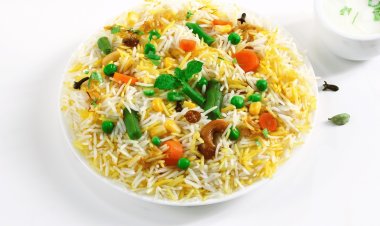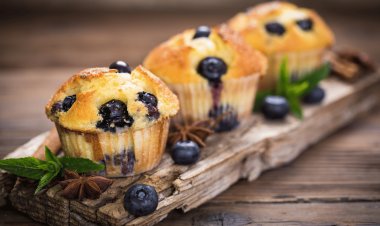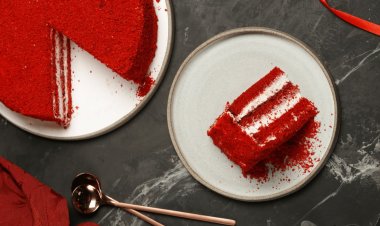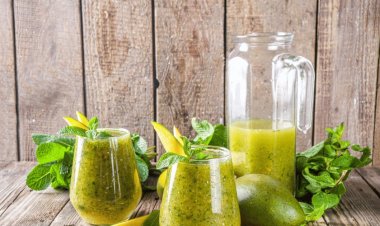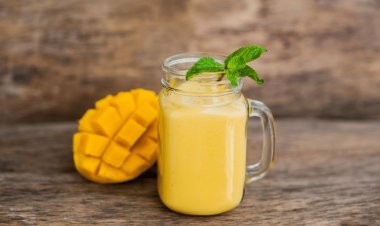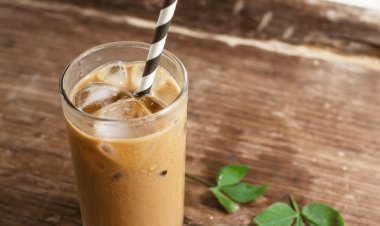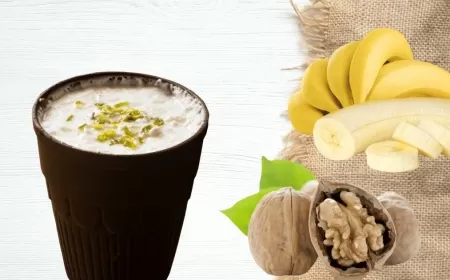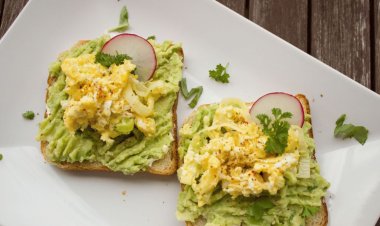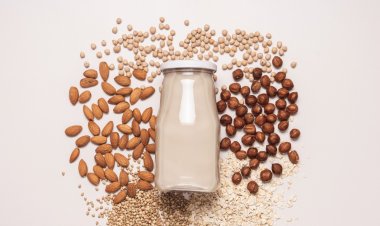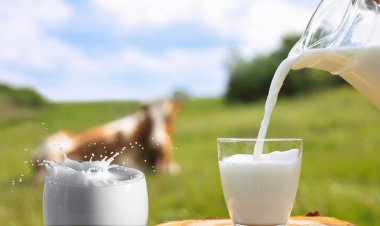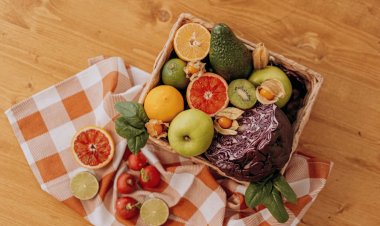Starbucks introduces more affordable beverages in India amidst the expansion of local competitors
Starbucks' latest move in India as they offer pocket-friendly drinks to keep up with the growing competition from domestic rivals. Experience the taste of quality at a more affordable price
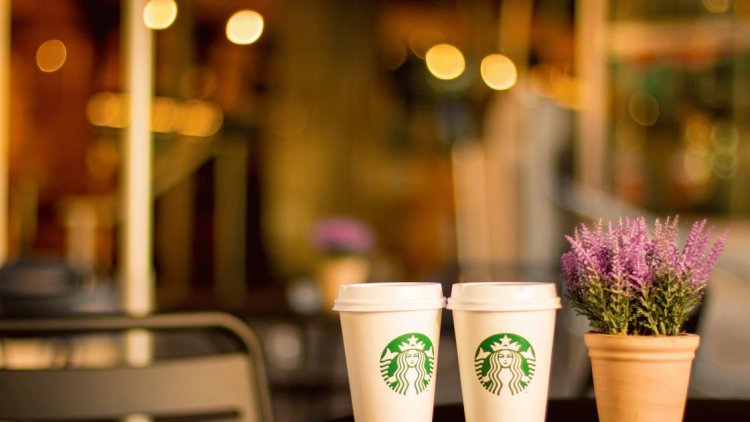
In one of its fastest-growing countries, Starbucks is revising its approach to entice Indians, particularly children, with smaller, less expensive beverages as it seeks to expand in rural towns.
The American behemoth, one of the first international coffee companies to enter tea-loving India, has established 343 locations in nearly 11 years, as opposed to chains Third Wave and Blue Tokai, which are funded by private equity and have launched roughly 150 in the last three years.
Sushant Dash, the CEO of Starbucks in India, stated that the chain’s “pricing play” will help dispel the notion that it is costly. “As you grow in size, you need to get new consumers,” he added.
As part of its redesign, the business has introduced the six-ounce “Picco” drink, which starts at $2.24, and milkshakes for $3.33, in an effort to appeal to wealthy Indians who like smaller portions. According to an anonymous industry insider, Starbucks intends to expand its presence in smaller communities. Both of its new products are exclusive to India and are not accessible in China, Singapore, or the US.
According to Euro monitor, the $300 million specialty tea and coffee café industry in India is expected to increase by 12% annually. Although they only have a few locations each, Pret A Manger in Britain and Tim Hortons in Canada are both growing.
According to Devangshu Dutta, CEO of retail consulting Third Eyesight, “excessively large portion sizes are an American phenomenon.” Consumers in India are value-conscious. If reducing portion sizes to more reasonable levels helps keep pricing affordable, that’s a win-win situation. He was one of the experts who believed Starbucks’ decision, which it made in a joint venture with Tata Group to operate in India, may further increase its revenues, which reached a record $132 million in fiscal 2022–23. Although Starbucks still reigns supreme in India, competition is heating up in the nation’s capital, New Delhi, and Bengaluru, the country’s technological powerhouse, where Third Wave cafés are sometimes just as busy as Starbucks locations.
“We’ve lost 30 cups a day to them,” a barista at a Delhi Starbucks location that sells 7,500 drinks a month said, pointing to a Third Wave that debuted nearby months ago and already sells 3,700 drinks. Other than in China, where its 6,200 locations serve the largest market outside of the United States, Starbucks has faced domestic rivals. There, Luckin Coffee has utilized discounts to entice customers to its 10,000 primarily pickup or delivery locations in only the previous five years.
BET ON CHAI
Starbucks is now stepping up that game in India, where it has over the years incorporated native touches to its goods to increase their appeal, following in the footsteps of international behemoths McDonald’s and Domino’s.
Only 11% of Indian households, compared to 91% of tea-drinking households, are estimated to consume coffee. Hundreds of cups of hot milky tea, or “chai” as it is known in Hindi, are sold at roadside booths every day for as low as 10 rupees (about 12 cents).
Starbucks has introduced “Indian-inspired” tea selections with spices and cardamom, both favorites in many Indian homes, starting at 185 rupees ($2.24), after years of just selling one milk chai “latte” prepared with tea syrup. Dash said that the firm will maintain its concentration on coffee and not make chai a main product. The beverages were launched to entice folks who do not drink coffee and avoid Starbucks.
According to Chas Hermann, a restaurant consultant based in the United States and a former Starbucks executive, the introduction of smaller, less expensive beverages in India suggests Starbucks may have experienced “a decline in traffic related to a pushback” on increased costs.
COMPETITION, SMALL CITIES PUSH
In scenes similar of when it initially opened in India, a YouTube video saw people queuing on the street outside the first Starbucks store in May, which was located in the western city of Aurangabad. However, its competitors are catching up, and a pricing war has started.
Third Wave introduced its own line of milkshakes in May that were a fifth less expensive at $2.71, following Starbucks’ debut of $3.33 milkshakes intended to appeal to kids. Startup entrepreneurs and investors gather in Third Wave locations in Bengaluru. According to information from the real estate analytics company CRE Matrix, it has more than 40 locations there, more than Starbucks’ 35. Sushant Goel, the chief executive of Third Wave, stated that he intended to open 60 to 70 new stores annually, concentrating on major cities. Starbucks’ smaller, less expensive beverages, in his opinion, are a response to rivalry in “an incredibly price-sensitive market.”
Blue Tokai’s CEO, Matt Chitharanjan, said that the company has “seen success in converting customers from Starbucks” in part due to reduced costs. While Dash claimed that he was unaffected by competition, Starbucks is aware of the danger, albeit quietly.
Starbucks incorporated a “café exclusivity” condition into a lease agreement for a Bengaluru mall that was examined by Reuters, prohibiting the mall owner from allocating space on the same level to competing “premium” businesses like Third Wave and Blue Tokai.
The only option to expand, according to Ankur Bisen, head of retail at India’s Technopak Advisors, is to venture farther into smaller cities outside of the metro areas.
What's Your Reaction?
 Like
0
Like
0
 Dislike
0
Dislike
0
 Love
0
Love
0
 Funny
0
Funny
0
 Angry
0
Angry
0
 Sad
0
Sad
0
 Wow
0
Wow
0

